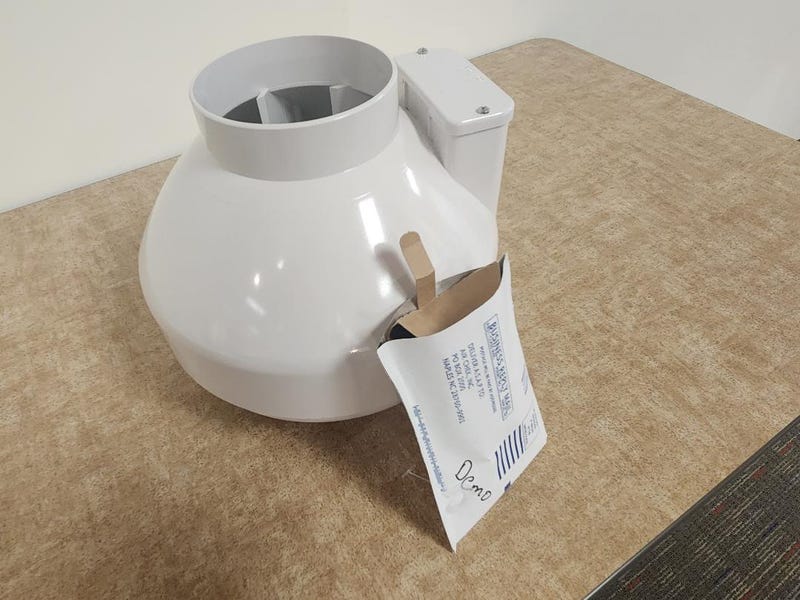
The Minnesota Department of Health is distributing more than 6,000 radon testing kits with hopes of more people testing their homes for the colorless, orderless, and naturally occurring gas.
Officials say about 40% of Minnesota homes have radon levels at dangerous levels, but about two percent of all homes in the state have been tested.
State Health Commissioner Brooke Cunningham wants ten times that number of tested homes in an effort to cut down on the leading cause of lung cancer in people who never smoked.
“In the winter, our home heating systems seem to draw in radon gas from the soil, increasing radon levels in our homes,” said Dr. Brooke Cunningham, Minnesota Health Commissioner. “Even during a mild winter like we’re having now, it’s still cold enough that we keep our doors and windows shut, so that means when the radon seeps in, it can build up to unhealthy levels.”
And the only way to find out if those levels are high is to test for them.
“Because it’s colorless, orderless, and tasteless, you can’t sense it in your environment, so people may not pay as much attention as they should,” said Don Tranter, MDH supervisor of indoor units.
Cunningham says Minnesota’s climate and soil condition has resulted in radon levels that are three times the national average.
“Over time, if you keep breathing in radon, it can damage your lung tissue, and you can wind up with lung cancer, which can be deadly,” Cunningham said.
According to the American Lung Association, 17 percent of lung cancer cases in Minnesota were caused by exposure to radon.
The test kits are going out to health departments and other partners, who will distribute them statewide at low or no cost.
In homes that have high radon levels, the fix typically involves installing a ventilating pipe and fan, which helps pull the bad air out from under a home and reduce the amount of radon entering the building.
